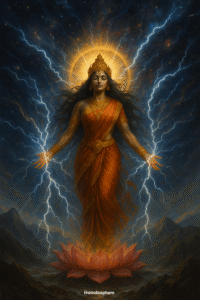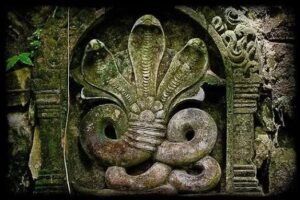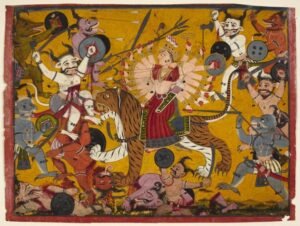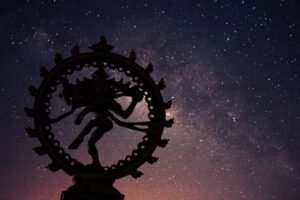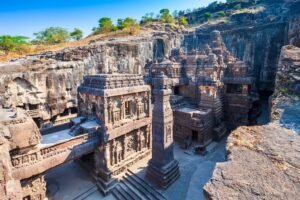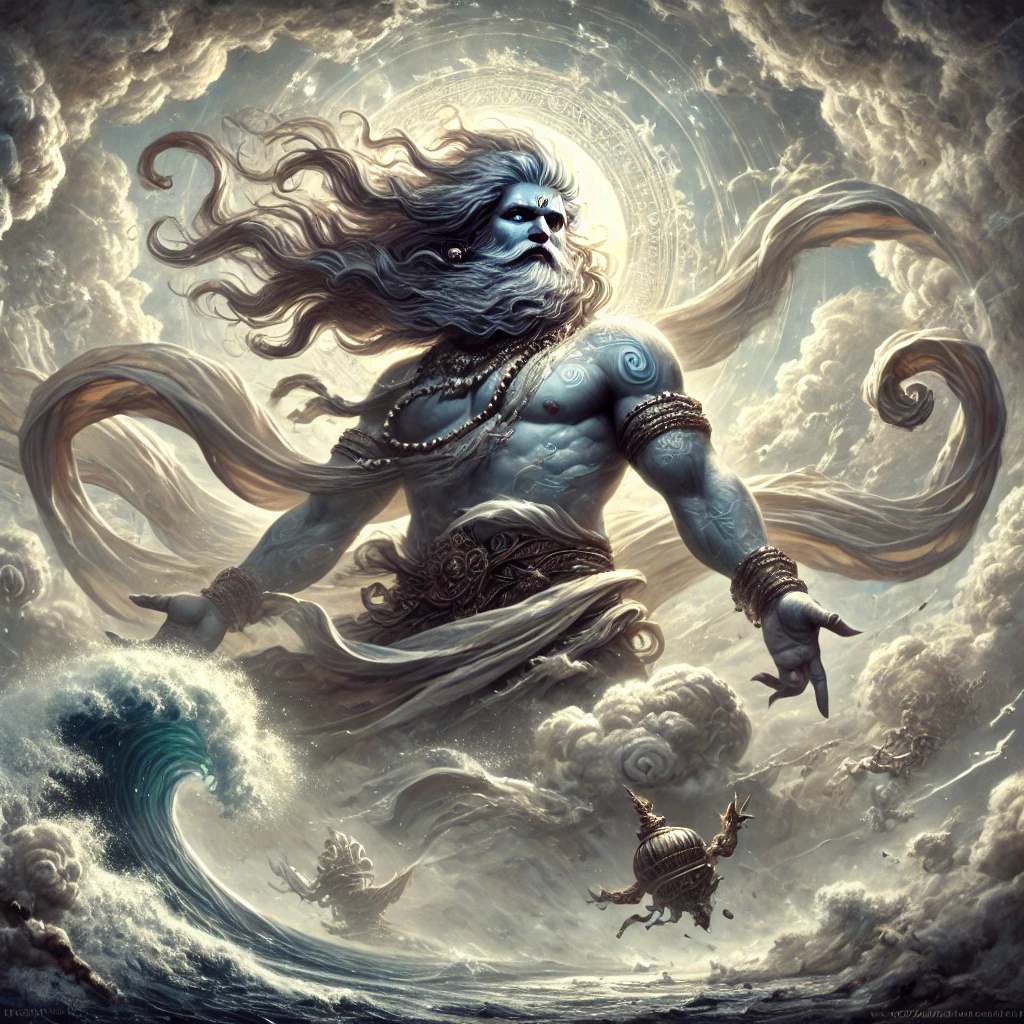
In Hinduism, Vayu, the god of wind, holds a vital place in maintaining cosmic order and the rhythm of life. Vayu, also known as Pavan or Vata, is revered as the breath of life, symbolizing the invisible yet omnipresent force that sustains all existence. As the guardian of the skies and the bringer of air, Vayu is not just a natural force but a divine entity embodying power, purity, and protection.
Origins and Symbolism of Vayu
In the Vedic tradition, Vayu is one of the primary deities mentioned in the Rigveda, where he is celebrated as the swift and all-pervading wind god. Often associated with Indra, the king of the gods, Vayu is seen as a close ally in battles against demonic forces. He is also one of the five essential elements (Pancha Bhutas), alongside earth, water, fire, and space, that make up the physical universe.
Symbolism:
- Wind as Life: Vayu represents prana (life force), the vital energy that flows through all living beings. Without air, life cannot exist, making Vayu’s presence fundamental to both survival and spiritual awakening.
- Purification: Wind acts as a natural purifier. In Hindu rituals, Vayu is invoked to cleanse spaces and individuals, symbolizing the removal of both physical and spiritual impurities.
- Freedom and Movement: As the god of wind, Vayu embodies freedom, movement, and the ever-changing nature of life, emphasizing the transient yet essential role of air in the world.
Vayu’s Role in Hindu Mythology
Vayu’s significance is evident in various mythological texts and epic stories, where he plays a key role in creation, sustenance, and as a messenger between heaven and earth. His close associations with other gods highlight his prominent status in the Hindu pantheon.
Father of Hanuman
One of Vayu’s most celebrated roles is being the father of Lord Hanuman, the monkey god who plays a central role in the Ramayana. According to legend, Vayu was instrumental in Hanuman’s birth. Hanuman’s mother, Anjana, prayed for a divine son, and with Vayu’s blessing, she gave birth to the mighty Hanuman. From Vayu, Hanuman inherited extraordinary strength, speed, and the ability to fly, earning him the title Pavanputra (son of the wind).
Role in the Mahabharata
Vayu is also the father of Bhima, one of the five Pandavas in the Mahabharata. Bhima, known for his immense strength and unparalleled bravery, was blessed with these powers by Vayu. During the great Kurukshetra War, Bhima’s strength proved crucial in the Pandavas’ victory, highlighting Vayu’s legacy of strength and heroism.
Vayu in Religious Practices
While Vayu may not be as widely worshipped as deities like Vishnu or Shiva, his role as a god of the elements places him in an essential position in Hindu religious practices. In ancient times, rituals to honor Vayu were especially prevalent in agricultural communities, where favorable winds were vital for farming and survival.
Mantras and Rituals
Vayu is invoked in Hindu prayers and ceremonies through specific mantras and offerings:
- Vayu Gayatri Mantra: A prayer dedicated to Vayu, seeking his blessings for health, prosperity, and mental peace.
- Agnihotra Ritual: Vayu plays a key role in the Agnihotra, a fire ritual, where the presence of wind is essential for sustaining the fire, symbolizing purification and the sustenance of life.
Vayu’s Role in Yoga and Spirituality
In Hindu spirituality and yoga, Vayu is much more than a physical wind; he represents the vital life force, prana, which sustains both the body and the mind. Yogic practices emphasize the importance of controlling and channeling this life force through pranayama (breath control) techniques, which help balance the flow of energy within the body. Vayu’s connection to prana makes him a powerful guide in spiritual and physical practices aimed at self-awareness and enlightenment.
Pranayama: Harnessing Vayu’s Power
The practice of pranayama, central to yoga, is deeply connected to Vayu. Through the control of breath, practitioners aim to harness prana, calm the mind, and elevate spiritual consciousness. Vayu, in this context, becomes a divine force guiding one toward personal transformation, balance, and inner peace.
Depictions of Vayu in Art and Literature
In ancient texts, Vayu is depicted as a powerful figure, often shown riding a deer or a chariot drawn by multiple horses, symbolizing the speed and omnipresence of wind. In Indian art, Vayu is typically portrayed as a majestic deity, wearing a crown and flowing robes, reflecting his divine status as the ruler of air.
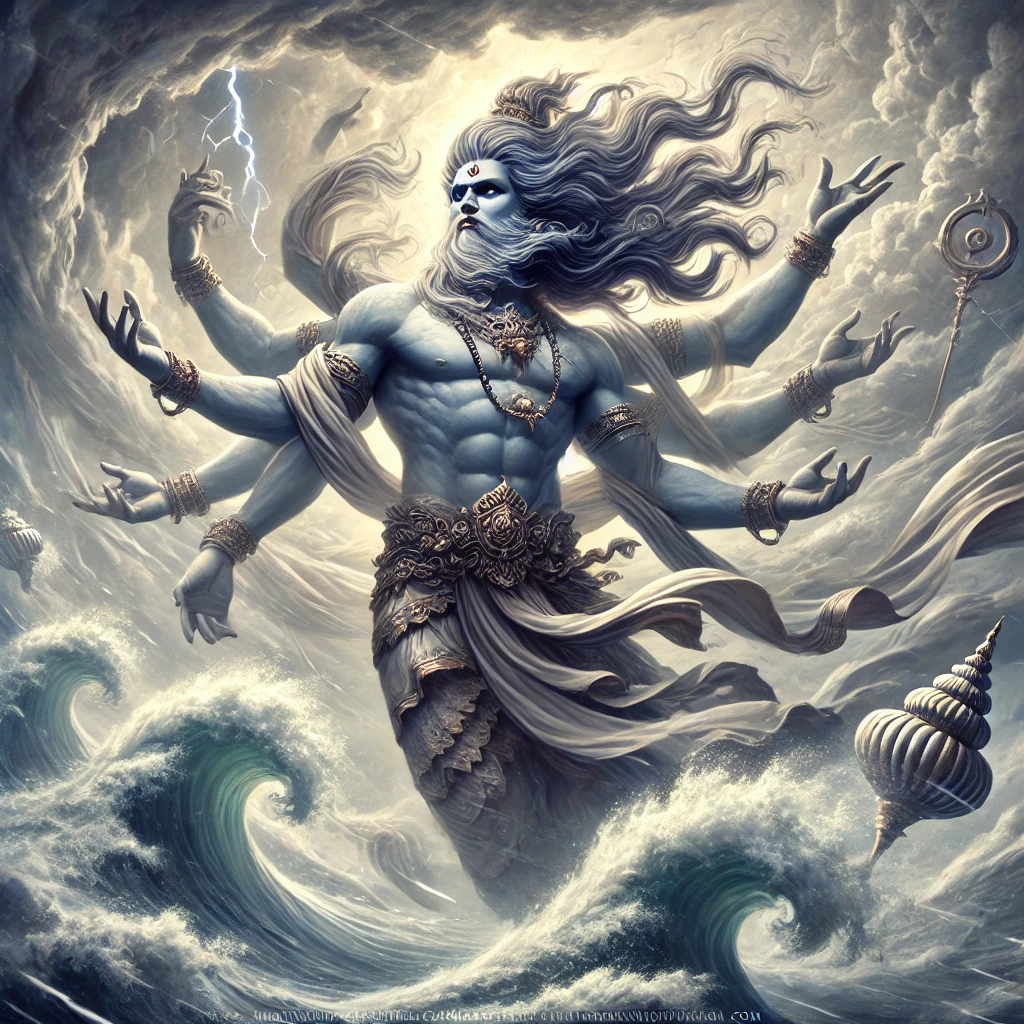
Literary References
Vayu is mentioned in numerous sacred texts:
- The Vedas: Vayu is praised in the Rigveda, where sacrifices are made in his honor, recognizing his power over life and death.
- The Ramayana: Vayu’s role as Hanuman’s father and protector of Lord Rama showcases his significance in this epic.
- The Mahabharata: His role as Bhima’s father emphasizes his association with strength, valor, and heroism.
Conclusion
Vayu occupies a pivotal place in Hindu mythology, representing the life-sustaining force of wind and air. His influence spans across mythological epics, spiritual practices, and daily life, reminding devotees of the essential role that air and breath play in existence. As the father of Hanuman and Bhima, Vayu’s legacy is enshrined in Hindu culture, while his connection to prana underscores his importance in yoga and meditation practices.
In honoring Vayu, Hindus acknowledge the invisible yet vital forces that sustain the universe, linking the material and spiritual worlds through the simple yet profound act of breathing.

